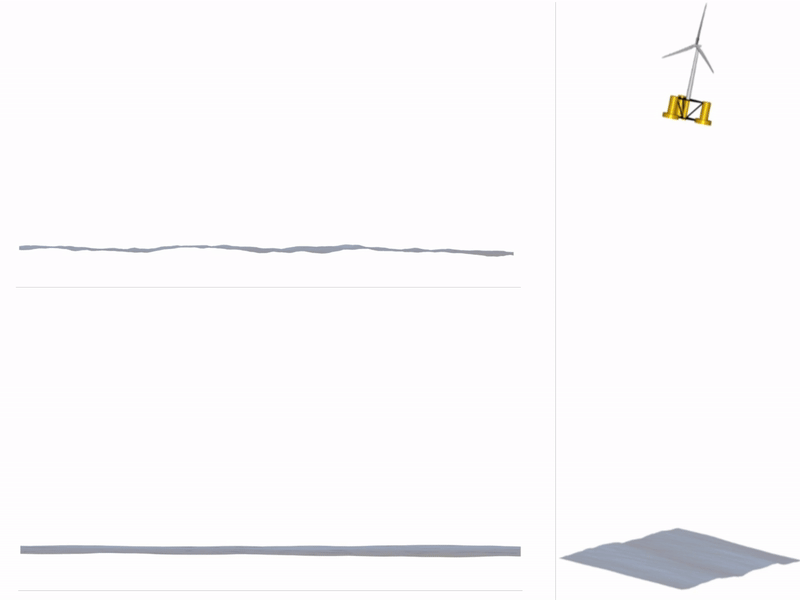Forum
Important Notice for New User Registrations
To combat an increasing number of spam and bot registrations, we now manually approve all new user registrations. While this may cause a delay until your account is approved, this step is essential to ensure the quality and security of this forum.
To help us verify your registration as legitimate, please use a clear name as user name or an official email address (such as a work, university, or similar address). If you’re concerned that we may not recognize your registration as non-spam, feel free to email us at with a request to approve your username.
Cp more than 0.59?
Quote from setiawan10 on 5. June 2024, 07:26Hello, I'd like to ask a question. I conducted a turbine simulation, incorporating the wind field as an input, with a reference speed of 5 m/s and an ETMC value of 1 m/s (attached). The turbine I simulated has a radius of 2.7 m. After the simulation, the power coefficient graph indicates a value exceeding 0.593. Is this possible? Could you please explain?regards
Setiawan
Hello, I'd like to ask a question. I conducted a turbine simulation, incorporating the wind field as an input, with a reference speed of 5 m/s and an ETMC value of 1 m/s (attached). The turbine I simulated has a radius of 2.7 m. After the simulation, the power coefficient graph indicates a value exceeding 0.593. Is this possible? Could you please explain?
regards
Setiawan
Uploaded files:- You need to login to have access to uploads.
Quote from David on 5. June 2024, 17:52Hello Setiawan,
the power coefficient (Cp) is primarily meaningful in a steady-state, uniform inflow, such as when evaluating the rotor Cp-TSR (Tip-Speed Ratio) curves during aerodynamic rotor design.
Evaluating the power coefficient requires a reference velocity; however, in a turbulent wind field, the local velocity fluctuates constantly. This variability can result in Cp values exceeding 0.59. A similar issue arises when the rotor operates in a steady boundary layer profile, where the velocity across the rotor is not uniform.
One note: On you attached image the windfield seems to be too small for the rotor diameter that you are simulating. I think that you should increase its size.
BR,
David
Hello Setiawan,
the power coefficient (Cp) is primarily meaningful in a steady-state, uniform inflow, such as when evaluating the rotor Cp-TSR (Tip-Speed Ratio) curves during aerodynamic rotor design.
Evaluating the power coefficient requires a reference velocity; however, in a turbulent wind field, the local velocity fluctuates constantly. This variability can result in Cp values exceeding 0.59. A similar issue arises when the rotor operates in a steady boundary layer profile, where the velocity across the rotor is not uniform.
One note: On you attached image the windfield seems to be too small for the rotor diameter that you are simulating. I think that you should increase its size.
BR,
David


